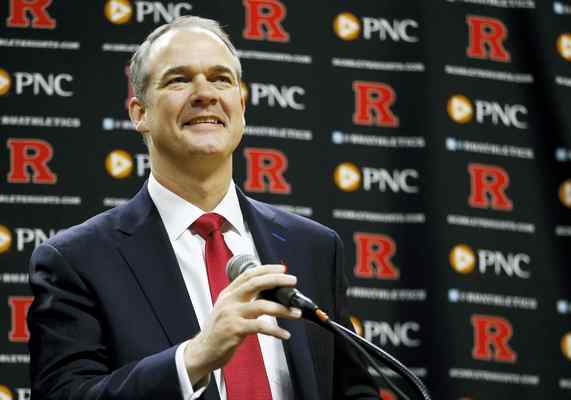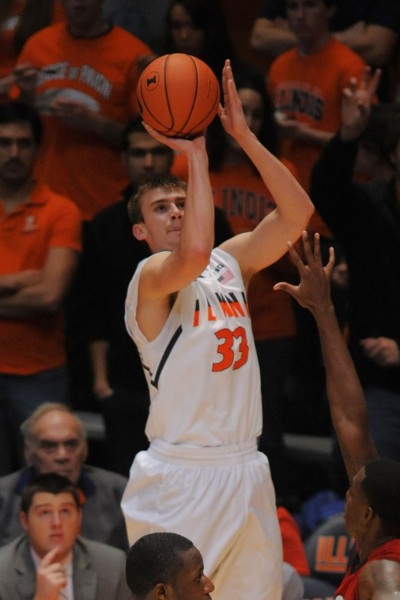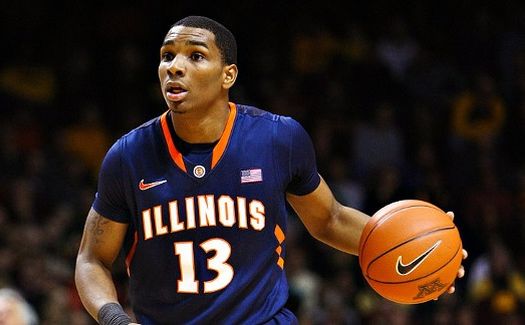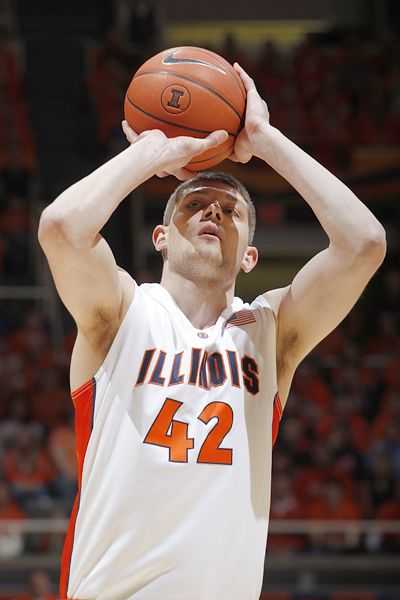Big Ten Key Offseason Questions: Part I
Posted by Patrick Engel on April 6th, 2016The college basketball season concluded Monday night with Villanova as this year’s national champion, but the Big Ten’s season ended with North Carolina’s Sweet Sixteen trouncing of Indiana back on March 25. A lot has already happened among league teams in the interim, including a coaching hire at Rutgers and a great number of transfers. Over the next few days as we close out the 2015-16 season, we’ll review a key offseason question for each Big Ten team, starting at the bottom of the conference standings.
Rutgers (7-25, 1-17 Big Ten)

Among Steve Pickiell’s many tasks as Rutgers head coach will be to gain recruiting appeal in New York and New Jersey (Photo: Julio Cortez — The Associated Press).
How quickly can new head coach Steve Pickiell give Rutgers some local recruiting appeal?
Steve Pickiell, who led Stony Brook to the NCAA Tournament this season and won three America East regular season title in five years, is already a known name in the greater New York area. It’s no secret that New York/New Jersey has plenty of basketball talent, and Rutgers is located in the heart of the same recruiting territory. Pickiell didn’t waste any time in accomplishing what Eddie Jordan couldn’t in three years: earning a commitment from a New Jersey high school player. Matt Bullock from prep powerhouse Roselle Catholic will play for the Scarlet Knights next season.
Pickiell has already made a home run hire, luring away Karl Hobbs from Connecticut to become his new associate head coach. His staff would be wise to make offers to a number of the area’s best players in the classes of 2018 and 2019 right away. Rutgers needs to develop good working relationships and credibility with with the region’s top high school and AAU coaches, and getting the program’s name out there now is a key element to that strategy. The school’s local perception can drastically stand to improve, so if Pickiell can snag a couple of the area’s under-recruited but well-known players in the next class, it will pay dividends in future years. Bullock, while a recruit in this year’s senior class, is a good start who fits that description.












































